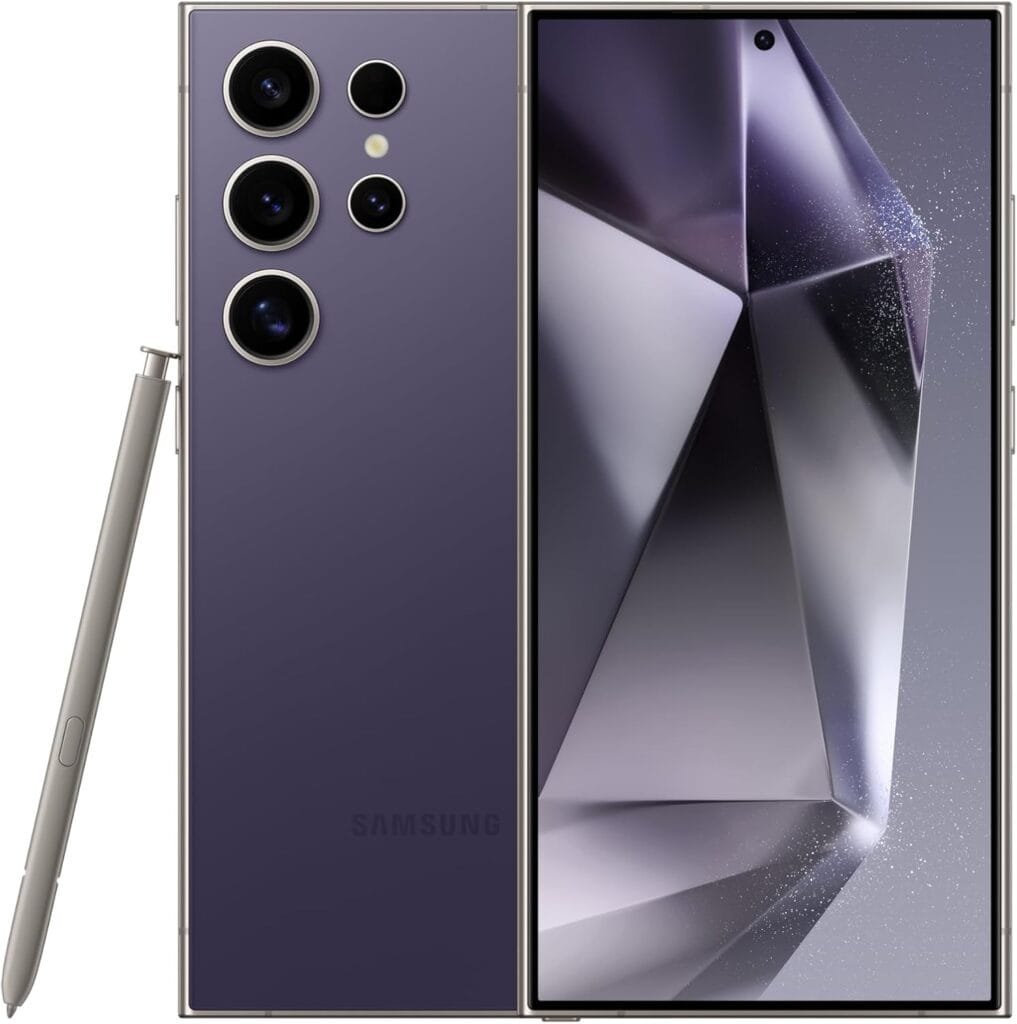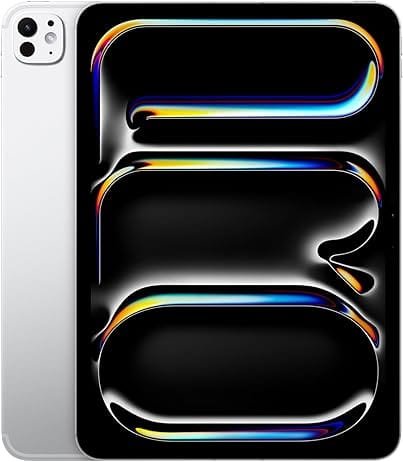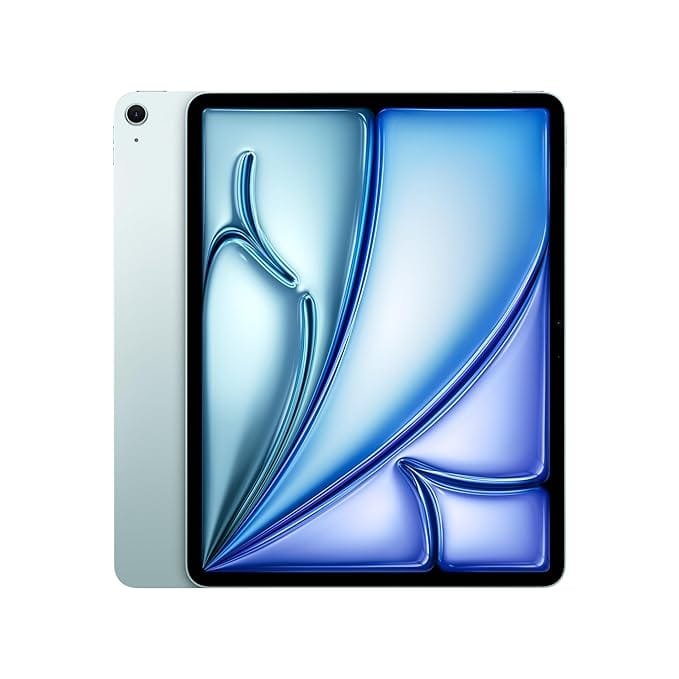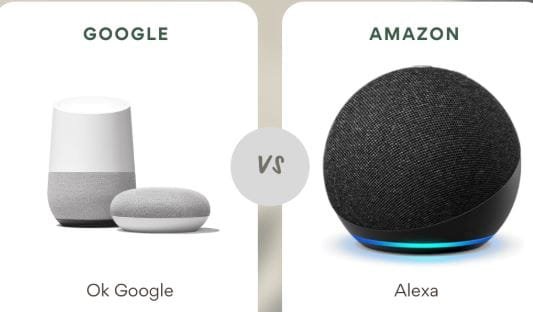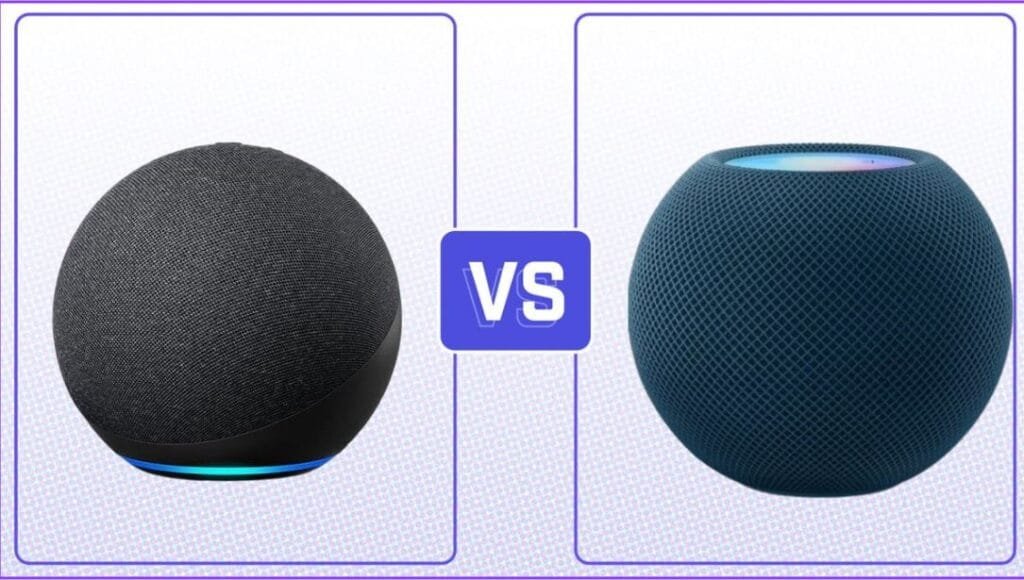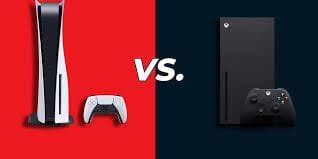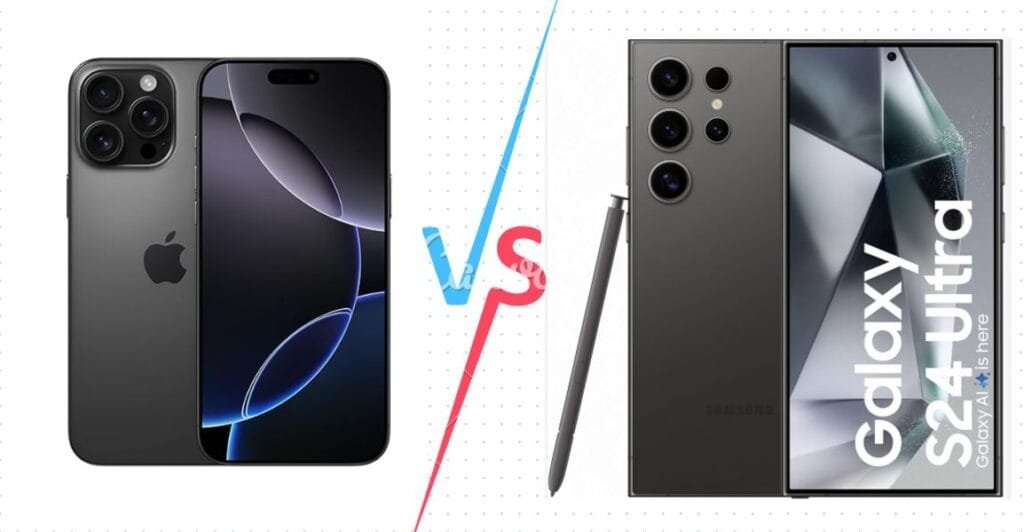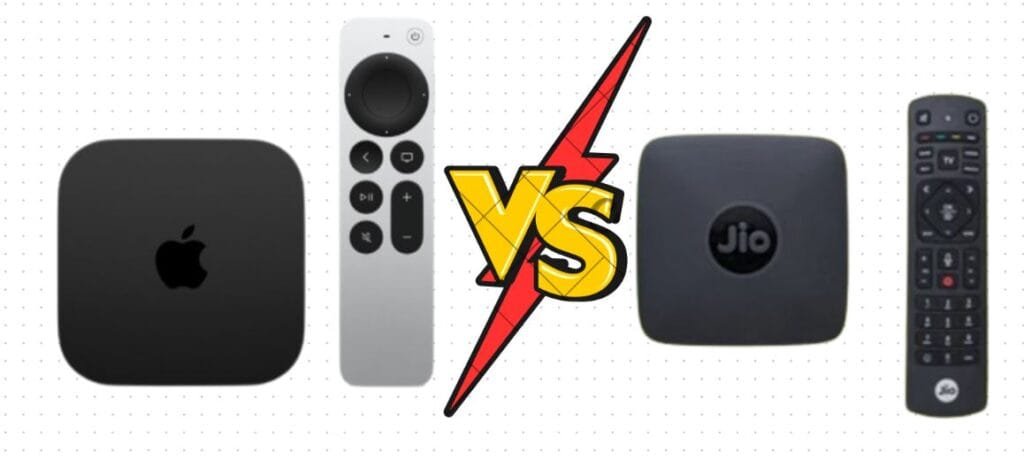OnePlus 13: Revolutionizing Smartphones Again!
Introduction
The OnePlus 13 is here, and it’s everything tech enthusiasts dreamed of! Known for pushing boundaries, OnePlus has delivered a flagship that blends cutting-edge innovation with user-friendly features. Whether you’re a photography enthusiast, a gamer, or someone who loves sleek designs, this phone promises to cater to all your needs. So, what makes the OnePlus 13 stand out in the crowded smartphone market? Let’s dive into its exciting features, benefits, and comparisons to help you decide if this is your next smartphone.
What’s New in the OnePlus 13?
OnePlus has packed the OnePlus 13 with a host of new features to elevate your smartphone experience:
- Next-Level Processor: Powered by the latest Snapdragon 8 Gen 3 chipset, it ensures lightning-fast performance and energy efficiency.
- Dynamic AMOLED Display: A 6.7-inch QHD+ AMOLED screen with a 120Hz refresh rate for buttery-smooth scrolling and vivid visuals.
- Revolutionary Camera System: The 50MP main camera with advanced AI, a 48MP ultra-wide lens, and a 32MP telephoto lens offer professional-grade photography.
- Enhanced Battery and Charging: A 5000mAh battery supports 150W wired and 50W wireless charging, giving you hours of usage with just a quick charge.
- AI-Powered Features: Smarter suggestions, AI photo editing, and seamless multitasking powered by the integrated AI processor.
- Sleek Design: A premium glass-metal sandwich with a slimmer profile and water resistance (IP68 certified).
- Software: Ships with OxygenOS 14 based on Android 14 for an optimized and customizable user experience.
Benefits of Using the OnePlus 13
Stunning Visuals
- Perfect for streaming movies and playing games with its vibrant AMOLED display.
- Adaptive brightness ensures readability in any lighting condition.
Unmatched Performance
- Runs demanding apps and games effortlessly.
- No overheating or lag, thanks to its improved cooling system.
Photography Redefined
- Night photography and 8K video recording deliver unparalleled detail and clarity.
- Hasselblad collaboration enhances color accuracy and sharpness.
Fast and Reliable Charging
- Charge from 0 to 50% in under 15 minutes.
- Battery optimization extends overall battery health.
User-Friendly Software
- Customizable widgets and smooth animations.
- Regular updates keep your phone secure and fresh.
Cons to Consider
While the OnePlus 13 is impressive, it isn’t without a few downsides:
- Price Point: A premium price tag, which might not suit budget buyers.
- Limited Expandable Storage: No microSD card slot; users are limited to internal storage.
- Weight: Slightly heavier due to the robust build and larger battery.
- Availability: Might not be readily available in all regions initially.
Comparison with Similar Products
Here’s how the OnePlus 13 stacks up against its competitors:
| Feature | OnePlus 13 | Samsung Galaxy S24 | iPhone 15 Pro | Google Pixel 8 Pro |
|---|---|---|---|---|
| Display | 6.7″ QHD+ AMOLED | 6.8″ AMOLED | 6.1″ Super Retina XDR | 6.7″ OLED |
| Processor | Snapdragon 8 Gen 3 | Exynos 2400 | A17 Bionic | Tensor G3 |
| Camera (Main) | 50MP (Triple Setup) | 200MP (Quad Setup) | 48MP (Triple Setup) | 50.5MP (Triple Setup) |
| Battery | 5000mAh | 5000mAh | 3279mAh | 5050mAh |
| Charging Speed | 150W wired/50W wireless | 45W wired/15W wireless | 20W wired/15W wireless | 30W wired/23W wireless |
| Price | $899 | $999 | $1099 | $899 |
| Software | OxygenOS 14 | One UI 6 | iOS 17 | Android 14 |
ATITUScore (Affordability, Technology, Innovation, Trendiness, Usability Score)
We’ve rated the OnePlus 13 based on these five key factors:
- Affordability: 8/10 – Premium price but offers great value for flagship features.
- Technology: 10/10 – Cutting-edge hardware and AI integration.
- Innovation: 9/10 – Features like ultra-fast charging and advanced cameras set it apart.
- Trendiness: 9/10 – Sleek design and premium feel make it a trendsetter.
- Usability: 9/10 – Excellent software and hardware synergy for a smooth experience.
Overall ATITUScore: 9/10
The OnePlus 13 scores high as a flagship device, excelling in technology, innovation, and usability while maintaining competitive pricing.
Key Takeaways
- Cutting-Edge Features: The OnePlus 13 is a powerhouse of innovation, boasting a stunning display, pro-grade cameras, and blazing-fast charging.
- Versatility: Whether for work or play, this phone adapts to your needs with ease.
- Premium Pricing: While it’s not cheap, the value it offers justifies the investment.
- Strong Competition: It competes fiercely with Samsung, Apple, and Google in the premium smartphone market.
Should You Buy the OnePlus 13?
If you’re seeking a phone that delivers flagship-level features without compromise, the OnePlus 13 is a great choice. However, if you prioritize expandable storage or are on a budget, you might want to explore alternatives.
In the world of smartphones, the OnePlus 13 stands out as a true champion. With its innovative features and user-centric design, it’s ready to redefine what a smartphone can do. Are you ready to make the upgrade?







